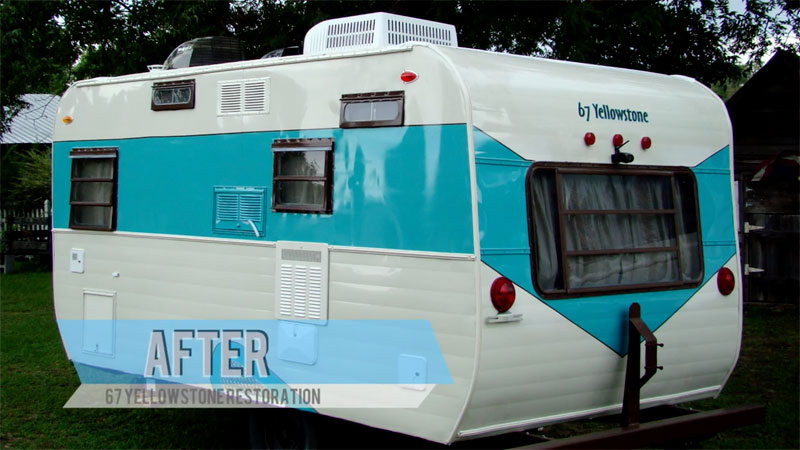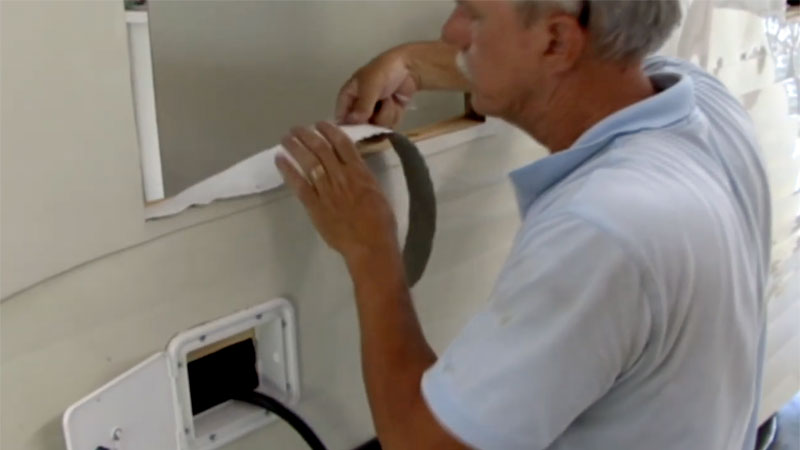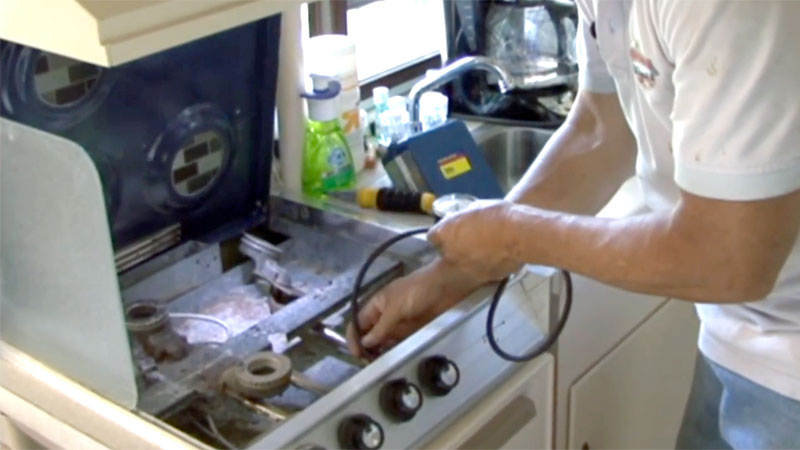rv Restoration
Welcome back to the vintage trailer restoration project finale. We still have lots to do on the ’67 Yellowstone so let’s start right now.
The first thing we did was connect our city water and freshwater fill to the plumbing system and tested the water system for leaks.
Don’t see any leaks at all. Everything seems to check out. So I think we’re good to go. What we’ll probably do is run some water into the holding tanks, put a little bit of weight on those and then we’ll check around the valves, make sure there’s no leaks there, and then I think we can just go ahead and move on to finishing the LP gas system and putting the metal on.






